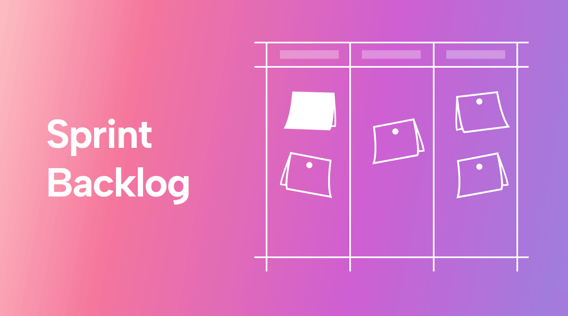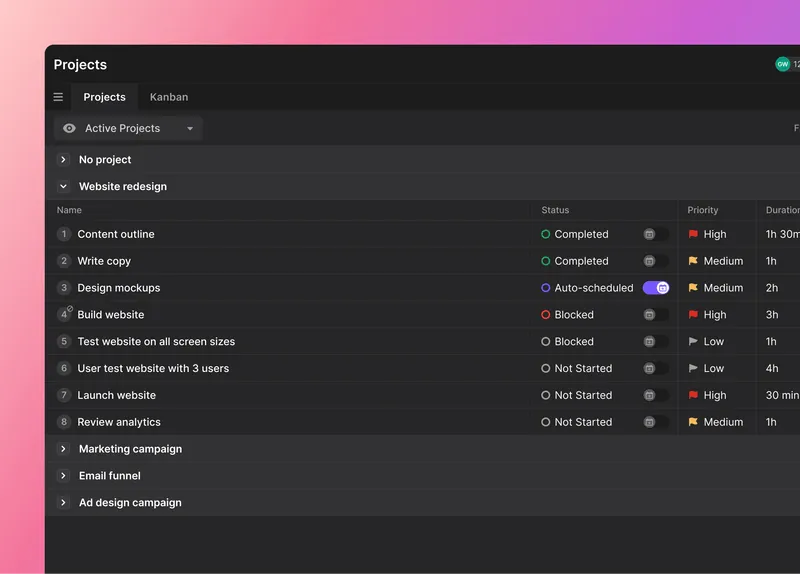Are you tired of feeling like your Agile team is constantly playing catch-up, struggling to complete their goals on time?
Do you find it challenging to keep track of all the tasks that need to be completed during a sprint?
You're not alone.
Many teams using Agile methodology struggle to maintain focus and momentum during their sprints, making it difficult to achieve their goals efficiently.
But fear not. The solution is the sprint backlog.
In this article, we'll delve into everything you need to know about sprint backlogs, from what they are and why you should use them. We will also show you how to use them effectively.
By the end of this article, you'll clearly understand what a sprint backlog is and how it can help your team achieve their goals more efficiently.
What is a sprint backlog?
A sprint backlog is a critical tool in Agile project management that contains all the work the team has agreed to complete during an upcoming sprint. It helps ensure the team stays on track to meet its sprint goals.
To better interpret this, it helps to look at what a sprint lifecycle is.
What does the sprint lifecycle look like?
The sprint lifecycle is a key part of Agile methodology. It consists of several stages: sprint planning, daily stand-up, sprint review, and sprint retrospective.
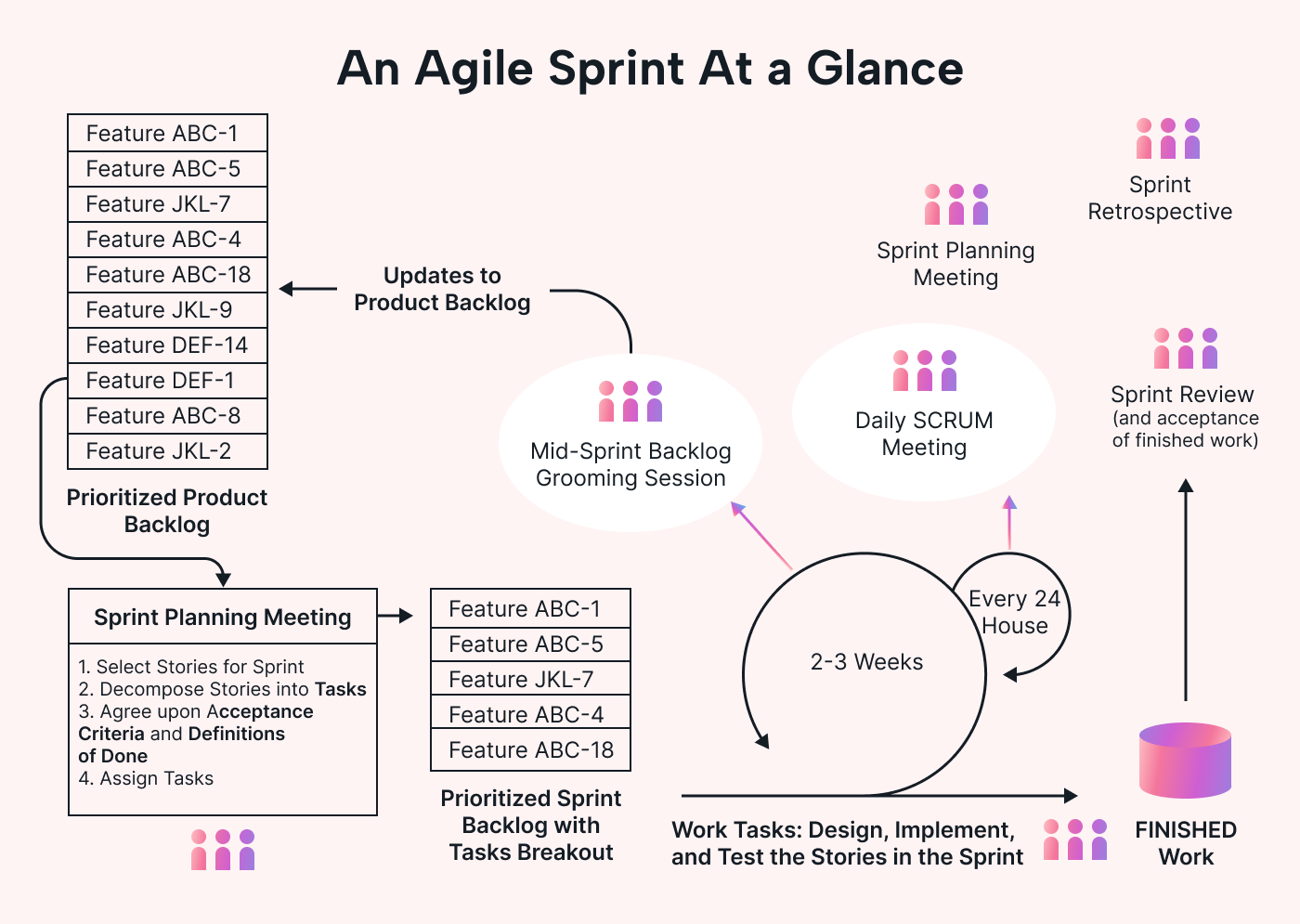 |
A sprint lifecycle starts with the planning stage. Sprint planning is where the team defines the sprint goal and selects the list of items to work on. They then use the sprint planning items to create the sprint backlog.
Following the planning stage, the team moves into the execution stage, where they work on completing the tasks outlined in the sprint backlog. Daily stand-up meetings are held during this stage to ensure everyone is on track and address any roadblocks.
As the sprint nears completion, the team moves into the sprint review stage, where they demonstrate the completed work to stakeholders and receive feedback. This feedback is then used to inform future sprints.
Finally, the sprint retrospective stage allows the team to reflect on the previous sprint and identify areas for improvement.
The sprint backlog fits into the sprint lifecycle as a crucial tool for managing tasks and progress during the sprint.
Now, let’s fully define a sprint backlog
As mentioned, a sprint backlog is a key component of the Scrum methodology used in Agile project management. It is a list of all the tasks that need to be completed during a sprint, which is a time-boxed iteration of the development cycle.
The backlog items are selected during the sprint planning meeting, where the team determines the sprint goals and what work needs to be done to achieve them. It's updated during the daily Scrum meeting to reflect the progress made on each task and to ensure the team stays on track and meets the sprint goals.
Why you should use a sprint backlog
A sprint backlog helps teams stay organized, focused, and productive. It guarantees that the team is working on the most important tasks first and that everyone is on the same page.
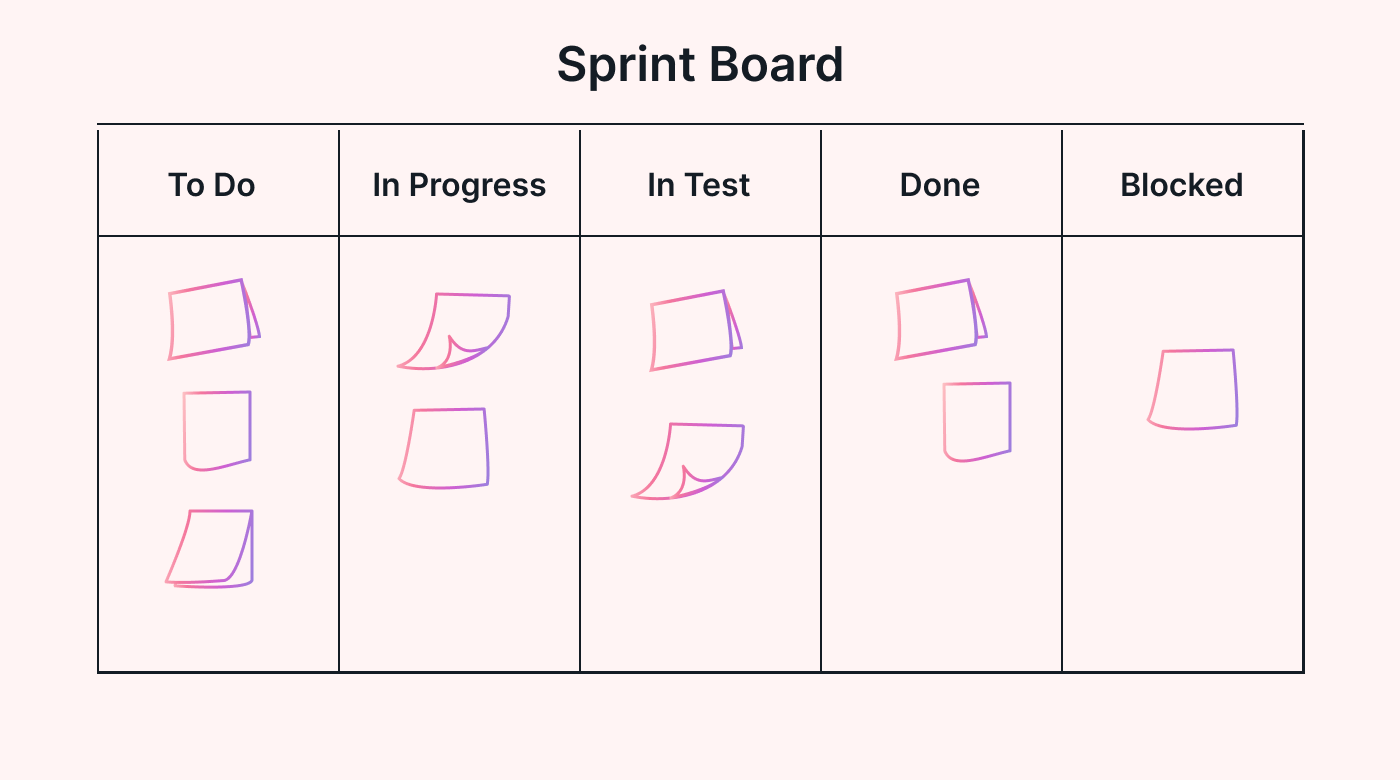 |
One of the key benefits of using a sprint backlog is that it provides a framework for effective communication and collaboration within the team. Everyone knows what tasks must be completed and how they fit into the project. This transparency helps team members work together more efficiently and ensures that everyone is aligned with the same goals and priorities.
What's the difference between sprint backlog and product backlog?
The difference between the sprint backlog and the product backlog is that one is the “big picture” while the other is the “zoomed-in” version.
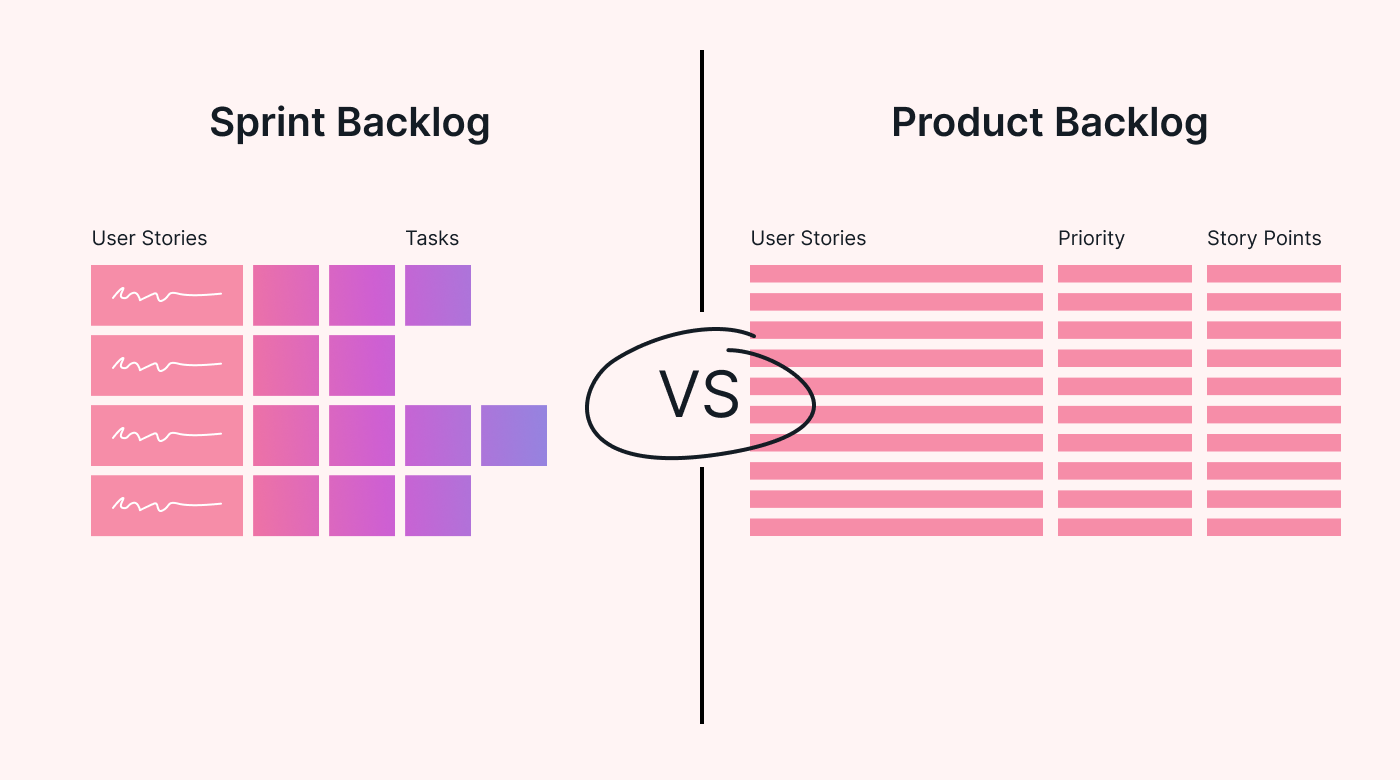 |
While the product backlog is like a long-term grocery list for the project, the sprint backlog is like a weekly meal plan.
The product backlog items include everything the team plans to work on throughout the project. While the sprint backlog only contains the items prioritized for completion during the upcoming sprint.
The sprint backlog is more specific and detailed than the product backlog.
The sprint backlog is updated daily during the sprint. While the product backlog is reviewed and updated at the end of each sprint during the sprint review meeting.
By having both backlogs, the team can ensure they are working on the right things at the right time and adjust their priorities to meet project goals.
How to create a sprint backlog?
To create a sprint backlog, start by gathering the team and stakeholders to discuss the upcoming sprint goals and what needs to be accomplished. This is an important step to ensure everyone is on the same page and understands what needs to be achieved during the sprint.
Once the goals are established, break them down into individual tasks. This allows for a more detailed plan of action and ensures that nothing important is overlooked. Each task should then be estimated for the work and time needed to complete it.
Next, prioritize the tasks based on importance and assign them to team members. This helps ensure that the most critical tasks are addressed first and everyone knows what they are responsible for.
Finally, add the Sprint backlog into an online collaborative space, such as a project management tool or shared document. This allows for easy access and updates by team members and ensures that everyone is working from the same information.
What is included in a sprint backlog?
A sprint backlog typically includes a list of individual tasks that need to be completed along with other key information.
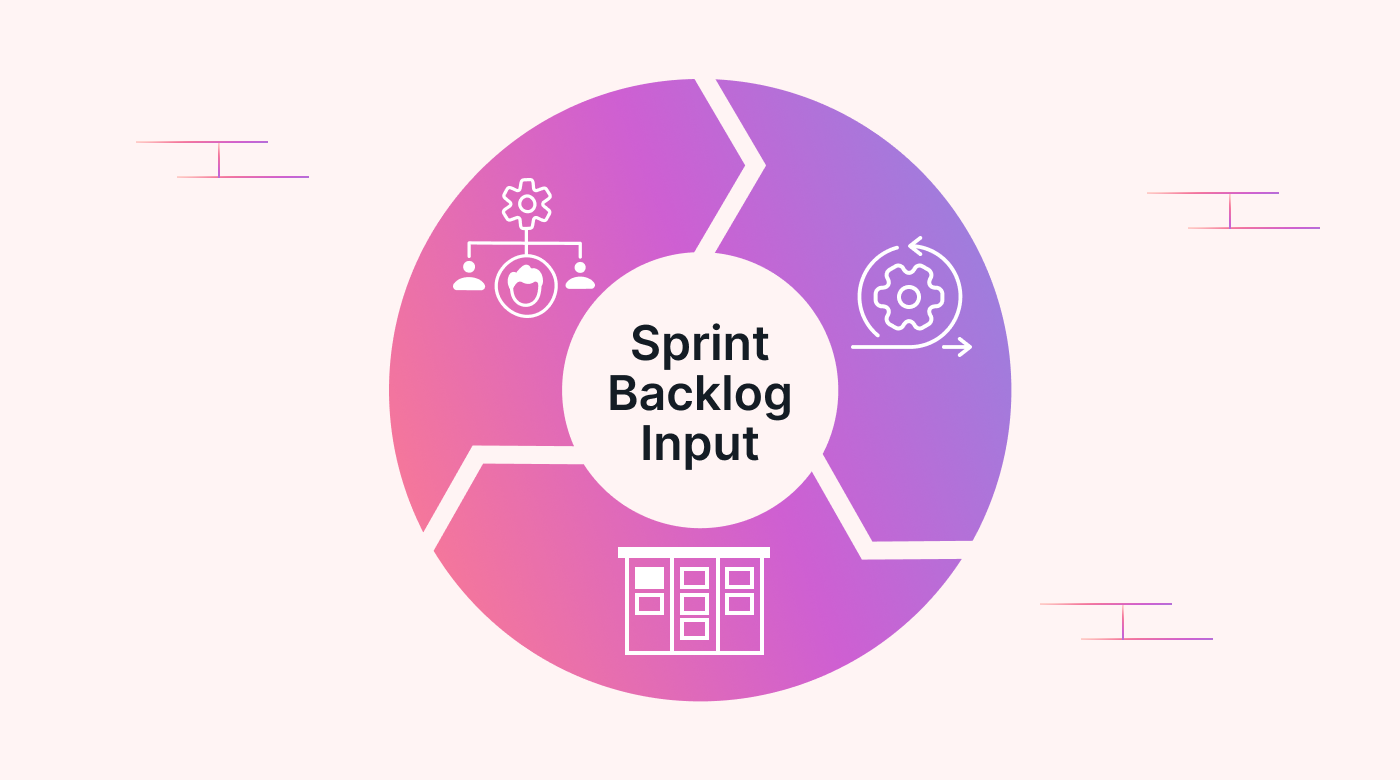 |
Here are some key details included in a healthy Sprint backlog:
- Individual tasks: items the team needs to complete during the sprint. Each task should be specific and actionable.
- Time estimates: the time needed to complete each task. This helps the team to plan and manage their time effectively.
- Task priority: based on their importance and the impact they'll have on the sprint goals. This helps the team focus on the most critical tasks first.
- Task assignments: The sprint backlog also specifies who's responsible for completing each task. This ensures that everyone on the team knows their roles and responsibilities and can work together to achieve the sprint goals.
How to use a sprint backlog
To make the most out of your sprint backlog, it's important to use it effectively.
Here are some tips on how to use a sprint backlog:
- Use it as a reference point during daily stand-up meetings to ensure everyone is on the same page. This helps to keep the team focused on the tasks at hand and promotes better communication and collaboration.
- Update the sprint backlog regularly to reflect progress made on each task. This ensures that the team is aware of what's been completed and what still needs to be done. It also helps to identify any roadblocks or issues that need to be addressed.
- Monitor the sprint backlog to ensure that the team is staying on schedule and that tasks are being completed in the correct order. This helps to ensure that the team is working towards meeting the sprint goals and that the most significant tasks are being completed first.
- Use a sprint burndown chart to help gauge progress against the work in the sprint backlog. This chart provides a visual representation of the remaining work and helps the team to identify whether they are on track to meet their goals or if they need to adjust their approach.
By using these tips, you can make the most out of your sprint backlog and help your team to stay on track and meet their goals.
Motion can help manage your sprint backlog
If you're struggling to manage your sprint backlog and need some assistance, Motion can help.
Motion is a powerful tool that can assist with sprint backlog management, making it easier for teams to collaborate and stay on track. It offers an intuitive, user-friendly interface that makes it easy to create and manage. You can easily add tasks, prioritize them, and assign them to team members, all in one place.
With Motion, team members can collaborate in real time, making it easier to stay up-to-date on project progress and communicate any changes or issues that arise.
Motion offers customizable dashboards that allow you to monitor project progress and key metrics at a glance. You can tailor your dashboard to display the information that is most important to your team.
Finally, Motion provides powerful reporting capabilities, allowing you to track progress, identify bottlenecks, and make data-driven decisions. You can easily generate reports on sprint progress, burndown charts, and other key metrics.
Manage your sprint backlog efficiently
A sprint backlog is a critical tool for any team applying Agile methodology in their project management. It helps teams understand the tasks that need to be completed during a sprint, prioritize those tasks, and track progress toward sprint goals.
If you're struggling to manage your sprint backlog, Motion can provide assistance through streamlined backlog management, real-time collaboration, customizable dashboards, and Agile reporting. Grab your 7-day free trial.

